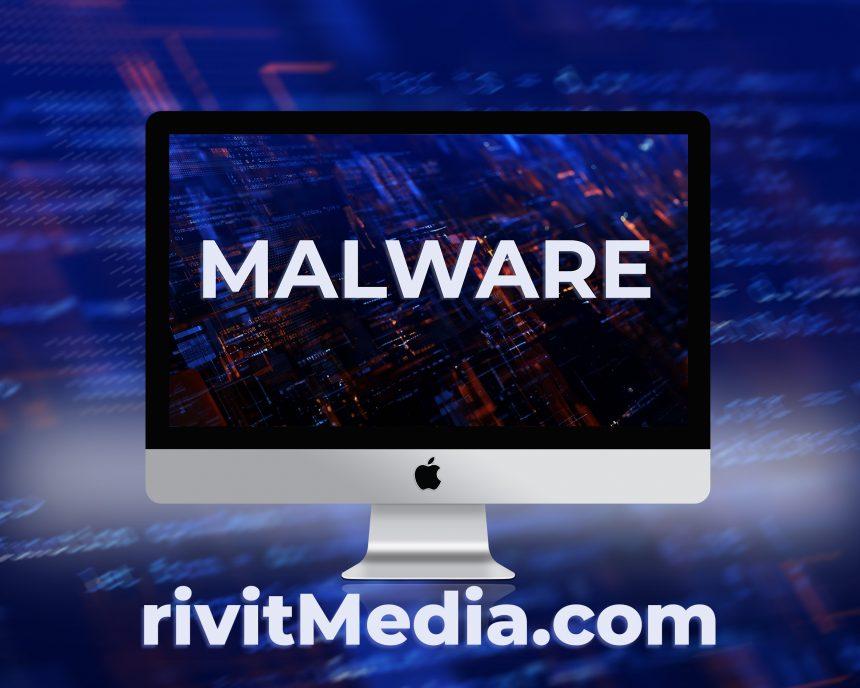MacOS users have traditionally enjoyed a reputation for safety. However, recent developments have shown that no system is invulnerable. One such emerging threat is the Centinol Mac Virus. This malware targets macOS users, causing significant disruptions and potential data breaches. This article delves into the details of the Centinol Mac Virus, its actions and consequences, detection names, similar threats, a thorough removal guide, and best practices to prevent future infections.
Understanding the Centinol Mac Virus
`Centinol Mac Virus is a form of malware specifically designed to infiltrate macOS systems. This virus is typically spread through malicious email attachments, compromised websites, and pirated software downloads. Once installed, it performs several malicious activities that can severely affect the user’s experience and the system’s integrity.`
Actions and Consequences of the Centinol Mac Virus
Once the Centinol Mac Virus infects a system, it begins by altering system settings and files. Key actions of the virus include:
- Data Exfiltration: The virus can capture sensitive data such as passwords, banking information, and personal files, transmitting this data to remote servers controlled by cybercriminals.
- System Slowdown: The malware consumes significant system resources, leading to noticeable slowdowns and performance issues.
- Unauthorized Access: It may create backdoors in the system, allowing attackers to gain remote access to the infected machine.
- Ad Injections: Users might experience unwanted advertisements popping up, which can lead to further malware infections if interacted with.
The consequences of these actions can range from financial loss due to stolen banking information, identity theft, and a compromised system requiring extensive repairs.
Detection Names for Centinol Mac Virus
Various cybersecurity firms may refer to Centinol Mac Virus by different names. Some common detection names include:
- OSX.Centinol
- MacOS:Centinol-A
- Trojan.Centinol
- MacOS/Centinol
Similar Threats
Other malware threats similar to Centinol Mac Virus that have targeted macOS users include:
- Shlayer: A prevalent Mac malware often distributed via fake Adobe Flash updates.
- Silver Sparrow: A sophisticated Mac malware with capabilities to execute payloads in the future.
- ThiefQuest: A ransomware variant that also acts as a data stealer and a spyware.
Removal Guide for Centinol Mac Virus
Removing Centinol Mac Virus requires a thorough and careful approach. Follow these steps to ensure complete removal from your macOS system:
Step 1: Disconnect from the Internet
- Purpose: Prevents the malware from communicating with its remote servers.
- Action: Turn off Wi-Fi or disconnect the Ethernet cable.
Step 2: Boot into Safe Mode
- Purpose: Runs the system with only essential services, preventing the malware from starting.
- Action: Restart your Mac and hold the Shift key until the Apple logo appears.
Step 3: Identify and Terminate Malicious Processes
- Purpose: Stops the malware processes running on the system.
- Action: Open Activity Monitor (Finder > Applications > Utilities > Activity Monitor). Look for unfamiliar processes, particularly those consuming high resources. Force quit these processes by selecting and clicking the “X” button in the toolbar.
Step 4: Remove Suspicious Applications
- Purpose: Deletes the core malware files.
- Action: Open Finder > Applications. Look for unfamiliar applications and drag them to the Trash. Empty the Trash afterward.
Step 5: Delete Malicious Login Items
- Purpose: Prevents the malware from restarting upon reboot.
- Action: Go to System Preferences > Users & Groups > Login Items. Identify and remove any suspicious items by selecting and clicking the minus (-) button.
Step 6: Remove Malware Files
- Purpose: Cleans residual malware files.
- Action: Open Finder and navigate to the following directories
/Library/LaunchAgents/Library/LaunchDaemons/Library/Application Support/Library/LaunchAgents/Library/LaunchDaemons/Library/StartupItems
- Look for recently added suspicious files and move them to the Trash.
Step 7: Check for Malicious Extensions
- Purpose: Ensures that browser extensions are clean.
- Action: Open your web browser and check the extensions. Remove any unfamiliar or suspicious extensions.
Step 8: Update macOS and Applications
- Purpose: Ensures all security patches are applied.
- Action: Go to System Preferences > Software Update and install any available updates.
Best Practices for Preventing Future Infections
- Regular Updates: Always keep your macOS and applications updated to the latest versions.
- Avoid Pirated Software: Download software only from official and trusted sources.
- Be Wary of Email Attachments: Do not open email attachments from unknown senders.
- Use Strong, Unique Passwords: Implement strong passwords and change them regularly.
- Enable Firewall: Ensure your Mac’s firewall is enabled to block unauthorized access.
- Regular Backups: Regularly back up your data using Time Machine or another backup solution.
- Educate Yourself: Stay informed about the latest security threats and best practices.
By following these steps and implementing best practices, you can protect your macOS system from the Centinol Mac Virus and other similar threats, ensuring a safer and more secure computing experience.





